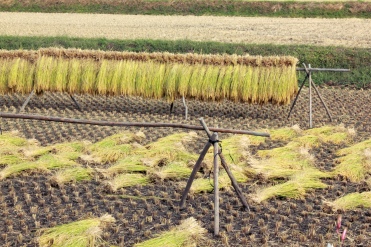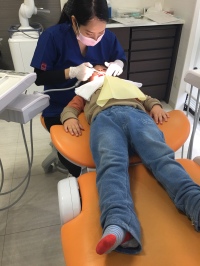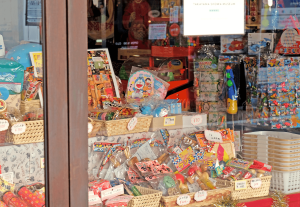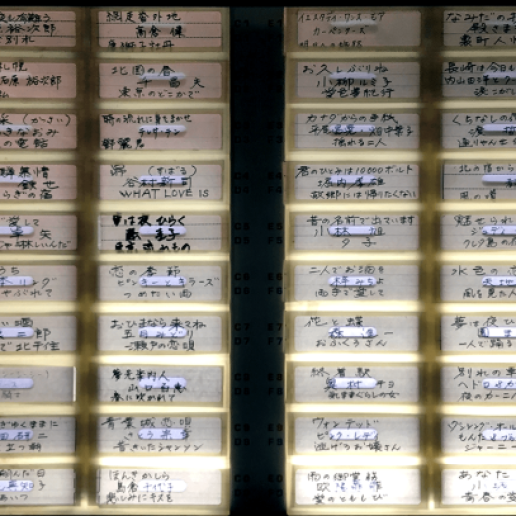After about a year and a half of living in Japan, things have gotten into a regular routine. I guess a small town – is a small town, regardless of what part of the world you live in. I take my kids to school, I work, I pick them up, dinner, bath and bed. Rinse and repeat. Of course I’m not mentioning the magnificent nature that we experience, my hours spent teaching them English, and other things unique to our location. Living in another culture means making personality adjustments if you want to be successful in that society. Has it changed me? Probably not at my core. But there’s many small, social habits i’ve picked up.
BOWING FROM THE CAR
Ok, this one may be a bit silly, but it’s a simple matter of courtesy. Americans wave – Japanese bow. If someone pulls over to let you pass them on a narrow country road or intersection, it only makes sense to give them courtesy bow to say thanks. Should i mention the flashing of the hazard-lights as a thank you when someone lets you cut in front of them? I guess I just did.
APOLOGIZING BY DEFAULT
This relates both to Japanese language and culture. Japanese apologize about everything. But it’s not always a grand gesture. Often it’s more like… “Hey, sorry if I inconvenienced you” or “Excuse me”. Do I have to do it? No. But i think you can come off as rude when people are so used to hearing it, and suddenly they don’t hear it coming from you.
MORE SELF CONSCIOUS IN PUBLIC
Along with the Japanese habit of keeping harmony, and preventing yourself from bothering others, comes a certain self awareness. When my kids are screaming, and how I react to it has a bit more value here in Japan than the US. If I need to blow my nose, or sneeze, or anything else loud and potentially offensive I tend to be a bit excessively discreet about it. Yes, part of this is that as a foreigner my profile my stand out a bit more than the average Joe.
SEEING MYSELF AS AN EXAMPLE
As one of the few (non-tourist) foreigners in town, you tend to stand out. Someone passing through town may be able to momentarily get away with acting like an ass, but I (as a resident) cannot. Sure, part of me wants to single handedly disprove the negative generalization of the scary, uncultured foreigner. But let’s face it, negative people rarely change their views. Setting myself up as a high-standard is far more for me, than it is for anyone else.
REDUCED PDA
I’ve never been one of those people who makes-out with someone else in public, nor is it something that i really care to observe. Though I would say that small-town Japan takes it to another level of reservedness, and typical PDA between couples seems rather rare, usually just young people and tourists. While I am affectionate on rare occasion and dish out the hand holding, hug, or kiss – I’m just far more aware of it. Nobody needs to see that stuff except my wife and kids anyway.
These are just a few tiny habits, and there are no doubt many more. Having said all that, these are all basically social, or cultural considerations in my opinion. I’ll always hold a certain reverence for the cultural traditions in which I was raised. At the end of the day, when you come home, kick off your shoes, pants… take of your makeup, you’ve gotta look yourself in the mirror. That person you’re stuck with when you are alone, that’s who you are, regardless of what you put out there socially. So hopefully you can respect that reflection. (Check out my post on other Cultural Differences.)









































































